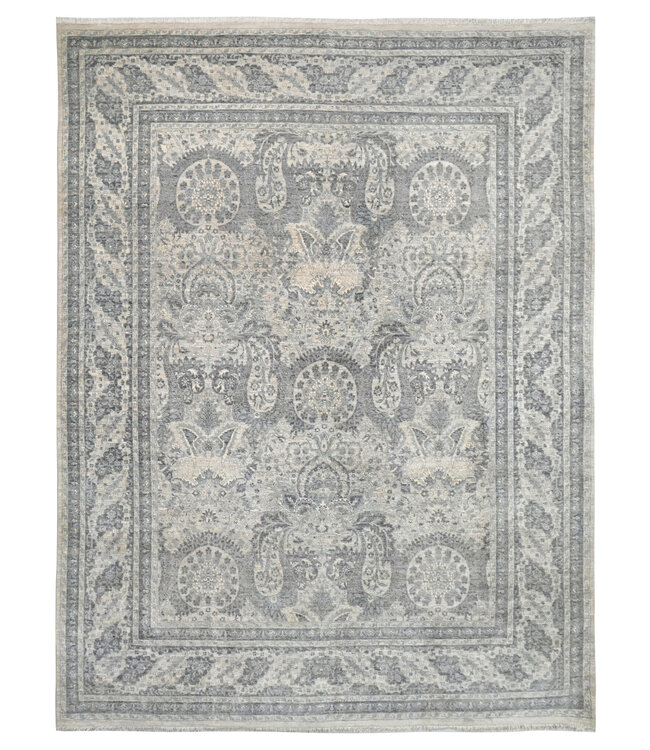Kerman 23-01491 Kerman 8' X 10'3
Based on an antique Persian Lavar Kerman carpet, this classic design is finely hand-knotted of vegetable dyed wool with an red ground, an all-over pattern and corner motifs common to prized rugs of the period. But the overall perception, that of a beige r Read more..
Gallery Number :
(262)-717-1111Mobile Number:
(414)-708-1114Address
160 Kossow Rd, Waukesha, WI 53186email:
[email protected]
Product description
Kerman rugs have a rich history that dates back centuries. They are a type of Persian carpet that originated in the city of Kerman, located in southeastern Iran. Kerman has long been renowned as a center for carpet weaving and is considered one of the most important carpet-producing cities in Iran.
The art of carpet weaving in Kerman can be traced back to ancient times, with archaeological evidence suggesting that carpet making was practiced in the region as early as the 6th century CE. However, it was during the Safavid dynasty (1501-1736) that Kerman rugs gained significant prominence and achieved widespread recognition.
During the Safavid era, Kerman became a major center for the production of luxurious and intricately designed carpets. The Safavid rulers, who were great patrons of the arts, actively promoted the carpet industry in Kerman and attracted skilled weavers from various parts of Iran to the city. Kerman rugs from this period are known for their exquisite craftsmanship, fine materials, and elaborate designs inspired by floral motifs, arabesques, and intricate medallion patterns.
In the 19th century, Kerman experienced a decline in carpet production due to political instability and economic challenges. However, the industry revived during the late 19th and early 20th centuries with the support of the Qajar dynasty rulers. Kerman rugs from this period are characterized by delicate floral patterns, graceful curvilinear designs, and a diverse color palette.
Kerman rugs gained international recognition and popularity during the late 19th and early 20th centuries when they were exported to Europe and the United States. They became particularly sought after by Western collectors and decorators for their refined craftsmanship and artistic beauty.
Kerman rugs continued to evolve in the 20th century, adapting to changing trends and market demands. Traditional designs were fused with new influences, such as Art Deco and European styles, resulting in unique and innovative creations. Kerman carpets produced during this period often feature a blend of traditional Persian motifs and modern design elements.
Today, Kerman rugs are still highly regarded and sought after by collectors and connoisseurs of Persian carpets. They are known for their exceptional quality, intricate designs, and a wide range of colors. The skilled artisans of Kerman continue to produce these exquisite rugs, preserving the rich tradition and legacy of carpet weaving in the region.
Style: Traditional
Type: Kerman
Origin: Pakistan
Age: New
Color: Gray
Content: 100% Wool
Construction: Hand Knotted
Specifications
23-01491 Kerman 8' X 10'3
0 reviewsReview Kerman 23-01491 Kerman 8' X 10'3
Based on an antique Persian Lavar Kerman carpet, this classic design is finely hand-knotted of veget..









